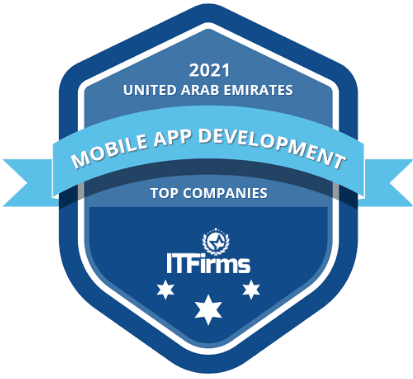Reasons Why We Trust Agile App Development Process?
Agile app development has emerged as a concept that not only ensures fast delivery of projects, but also one that guarantees app responsiveness and overall business growth and agility. After three application projects, developed and deployed using the Waterfall model, we realized that we were not only slow, but that the team also lacked clarity, which showed in the applications.
Agile app development process
Quality product
It was expected that the software would be tested before release, but with agile, testing is integrated at every stage of development to guarantee a quality end result. This type of continuous testing of each individual module provides scope for changes and reduces the risk of error occurring during quality testing of the entire project. It also helps mobile app developers to check app elements at every stage of the development process and make changes as per requirements, ultimately helping to provide high quality services.
Customization
Even when developers opt for agile development best practices, they get the opportunity to customize the entire application development process according to their preferences and work on user-driven solutions. So customization is another reason to use agile methodology for mobile app development.
Quick return on investment
Application features are developed and deployed quickly in an agile development process, resulting in rapid application development. Unlike the previously used waterfall development methodology, where you had to sit until the application project was finished to even look at the ROI, the agile methodology allows you to manage the ROI in advance. In the agile application development process, the stakeholder plays a very crucial role and stays in direct conversation with the project scrum master to help prioritize the main features and then show an aligned development process.
Reduced risks
The waterfall app development system used earlier came with a high probability of failure varying from lack of budget, timeline extension, scope creep, inability to prioritize features even at the time of project completion. While Agile, uses a parallel testing model that allows you to line up different mobile app development issues while developing other features at the same time.
Types
Adaptive software development
This method is used in software projects that have variable requirements and strictly fall into the category of short application projects. The methodology uses processes such as collaboration, speculation and learning to achieve this.
Crystal methods
These are methodologies that are used to develop an application by focusing on application features such as reflective improvement, frequent delivery, focus, tight communication, easy access to power users, and personal security, with the help of configuration management, automated tests, and repeating integrations.
Dynamic systems development method
It is an iterative agile development method that ensures that each step is complete enough to move on to the next phase. This process helps the regularly changing scenario as the next level of the process can easily be put into operation without affecting the delivery process in any way.
Feature-driven development
It is an agile methodology of application development process which is also model driven. At the beginning of an app project, developers design a model that specifies the various features of the app and their iterations.
Lean development
It’s one of the most widely used agile methodologies, actually the one we swear by, implemented for mobile app development. This principle focuses on managing risks and turning them into opportunities.
Conclusion
We segregate the functional requirements in user stories, which becomes the foundation of our app development process.











